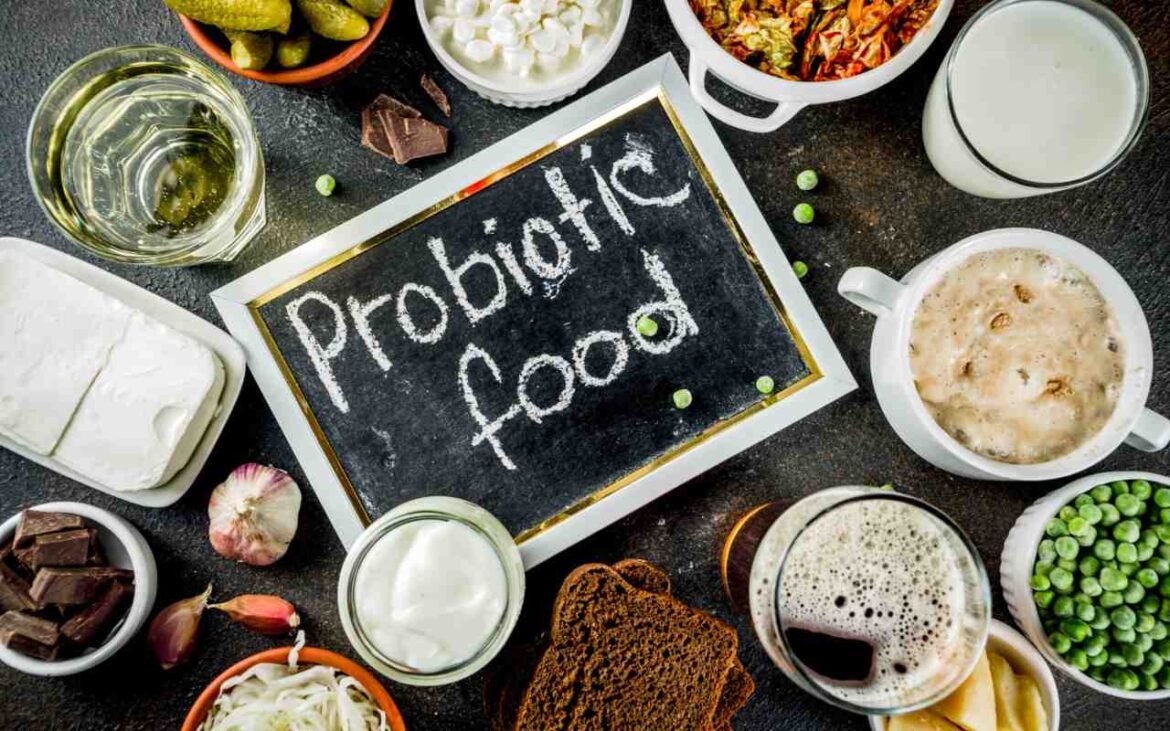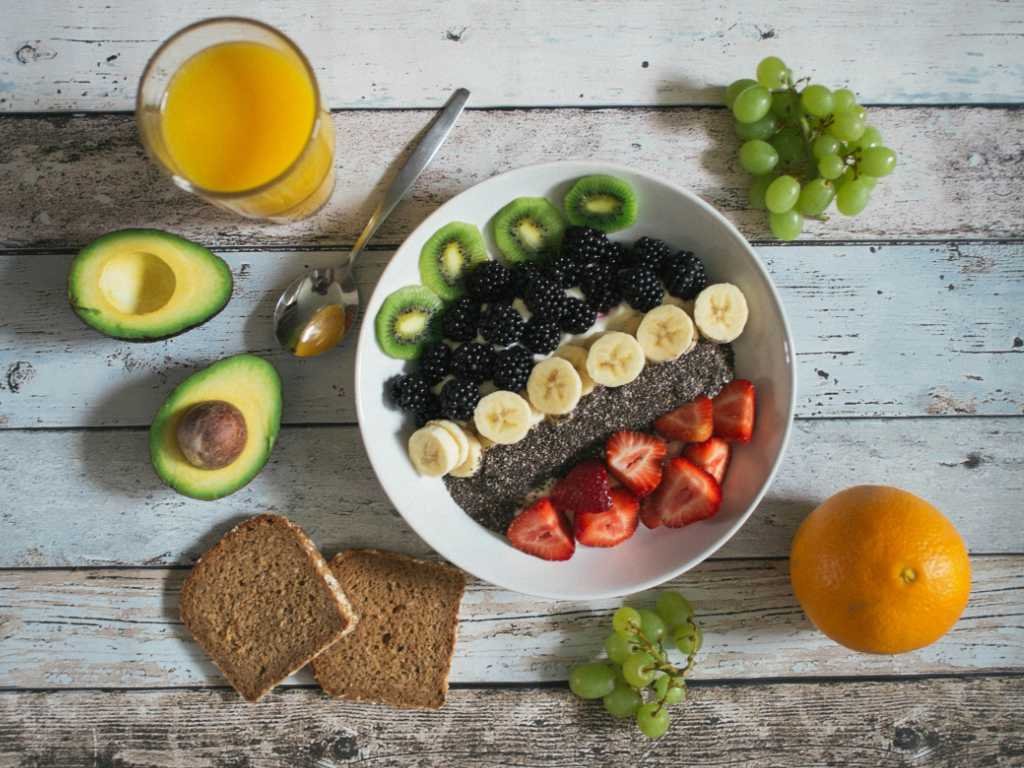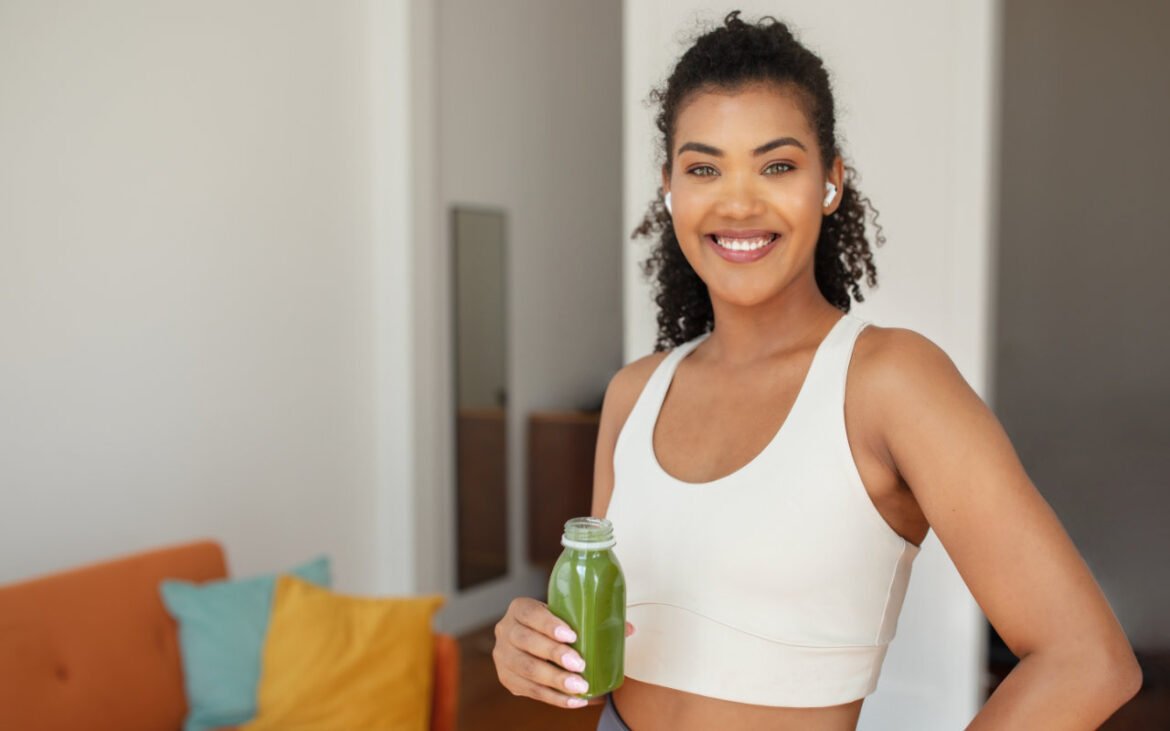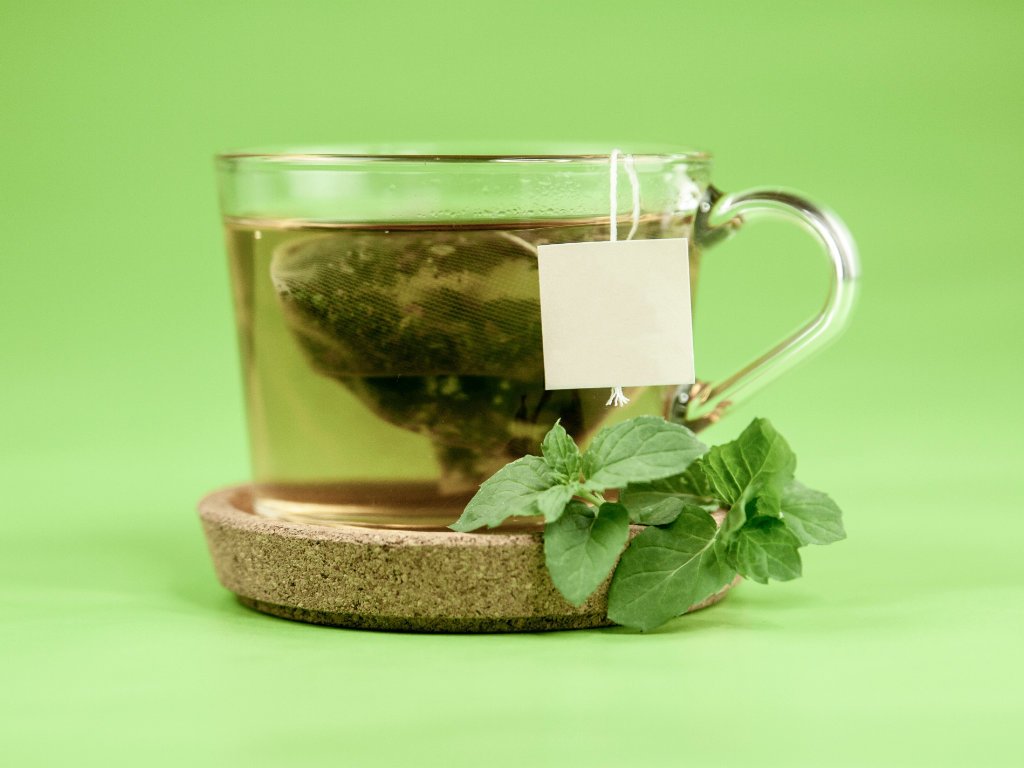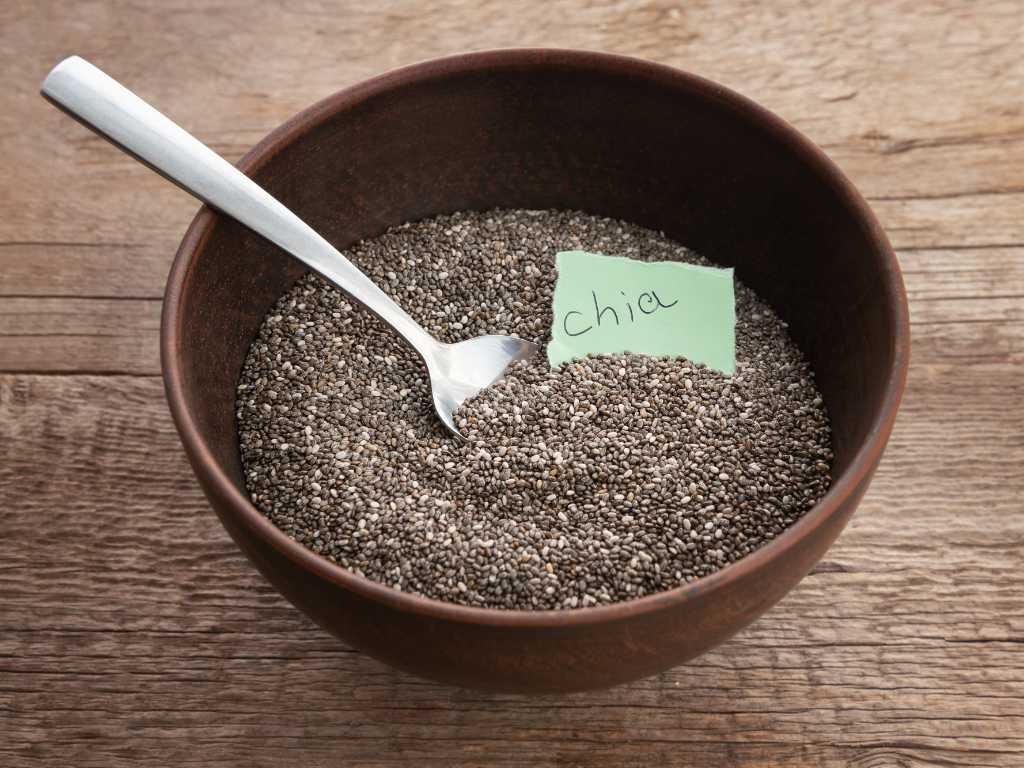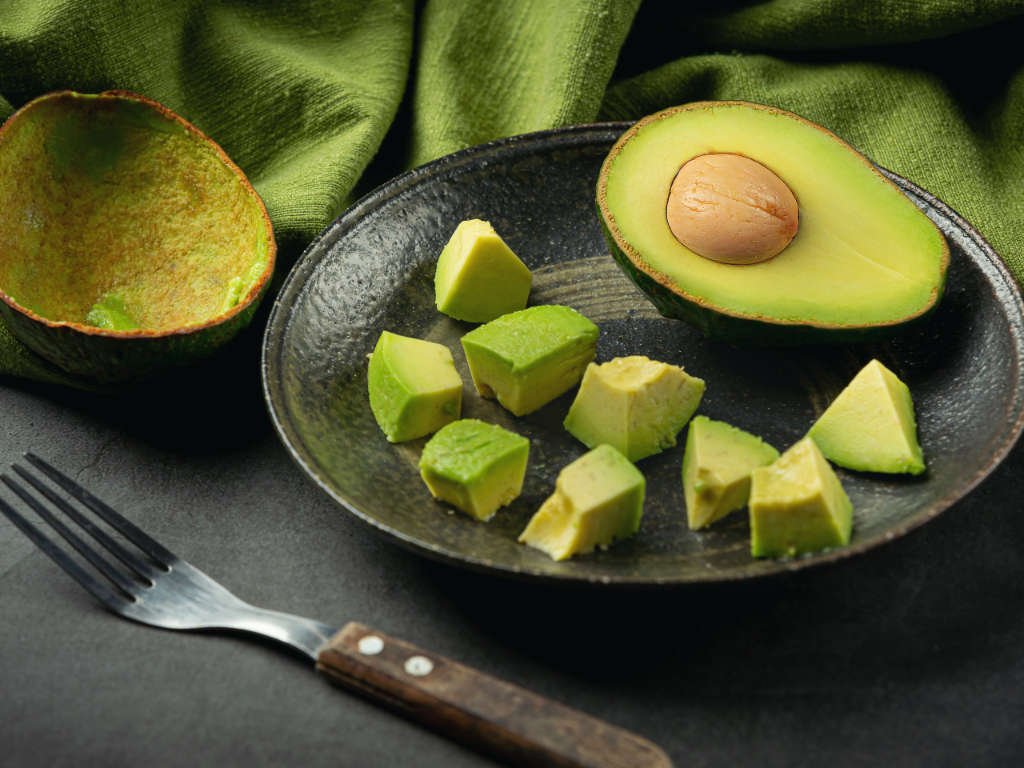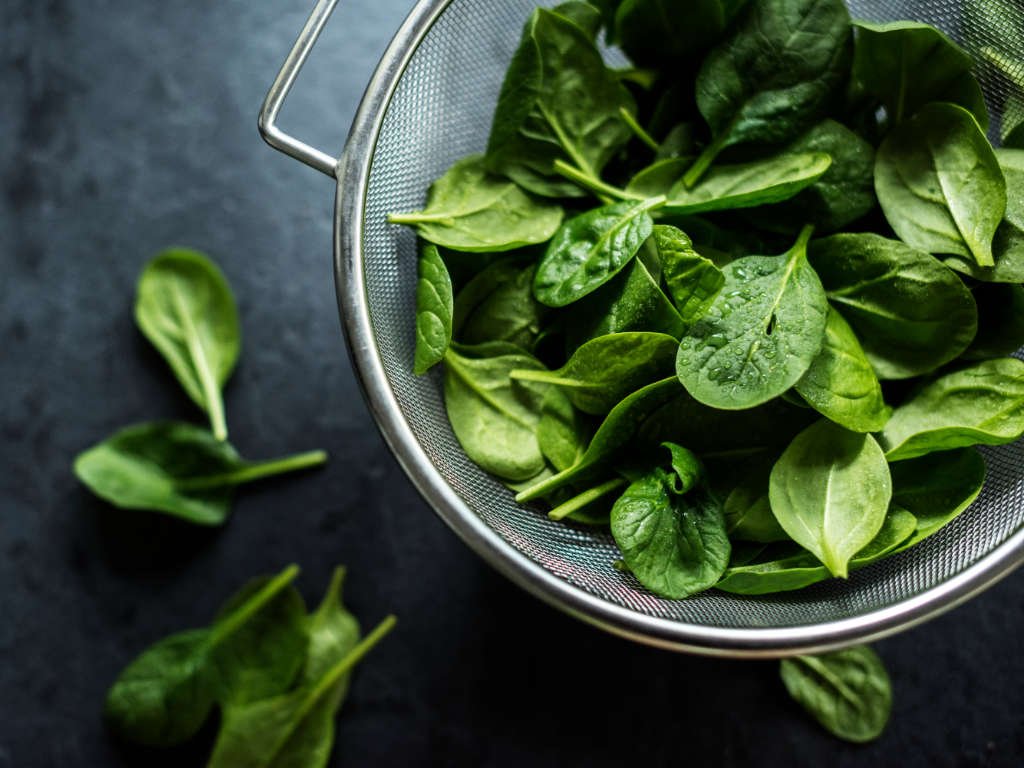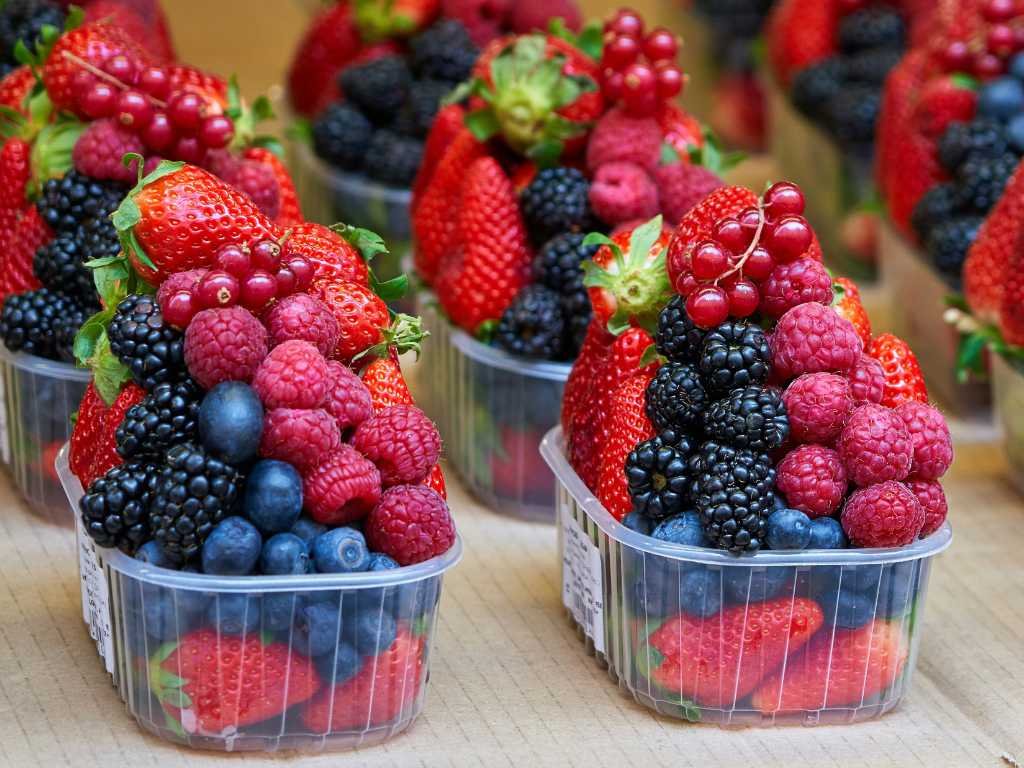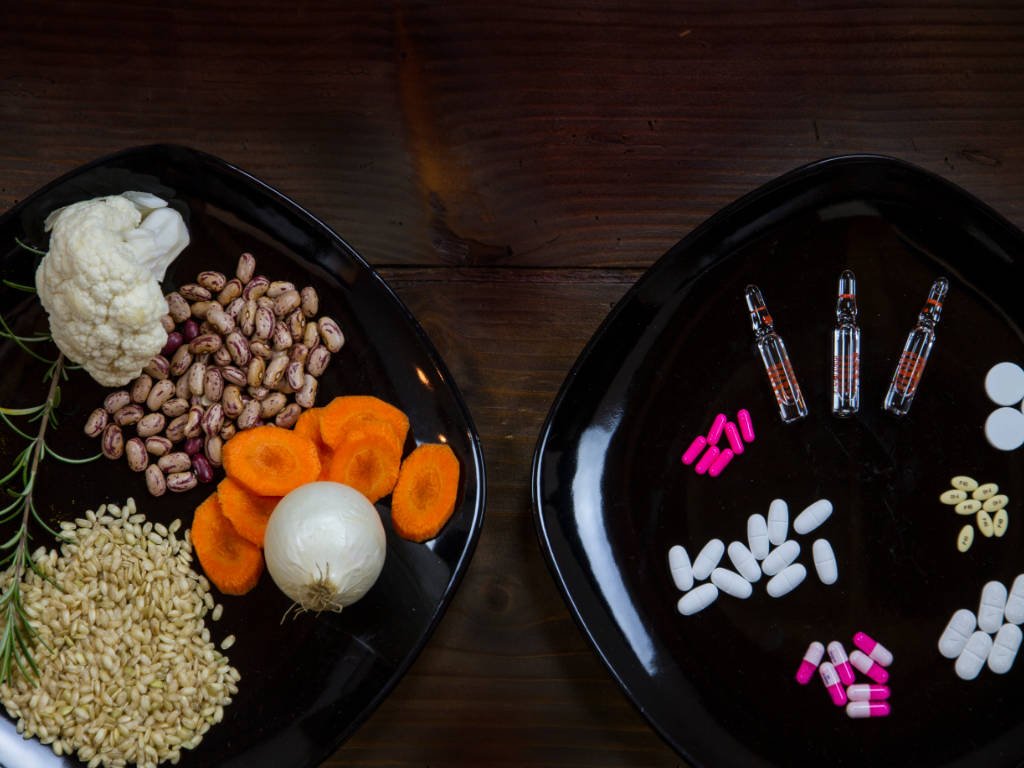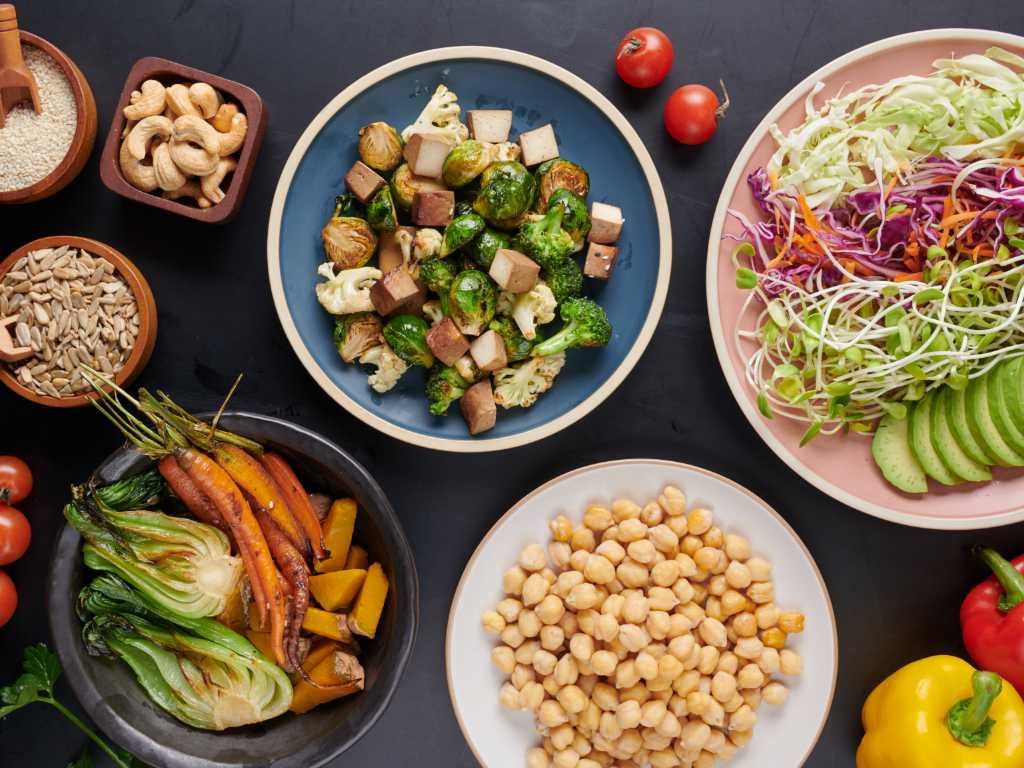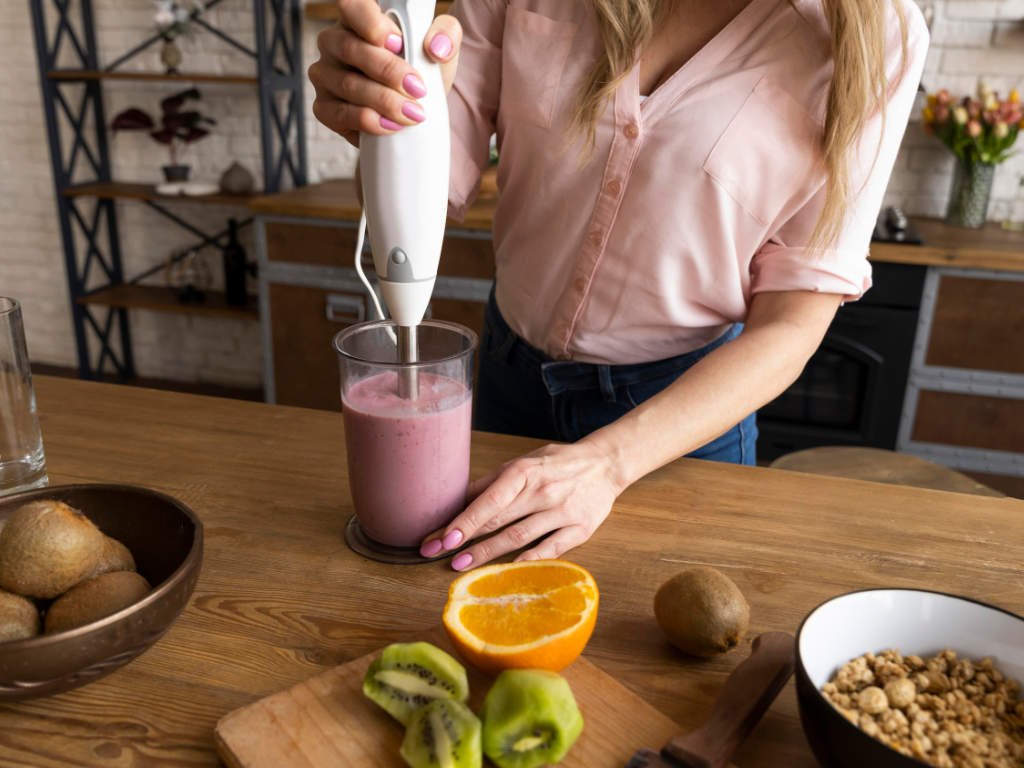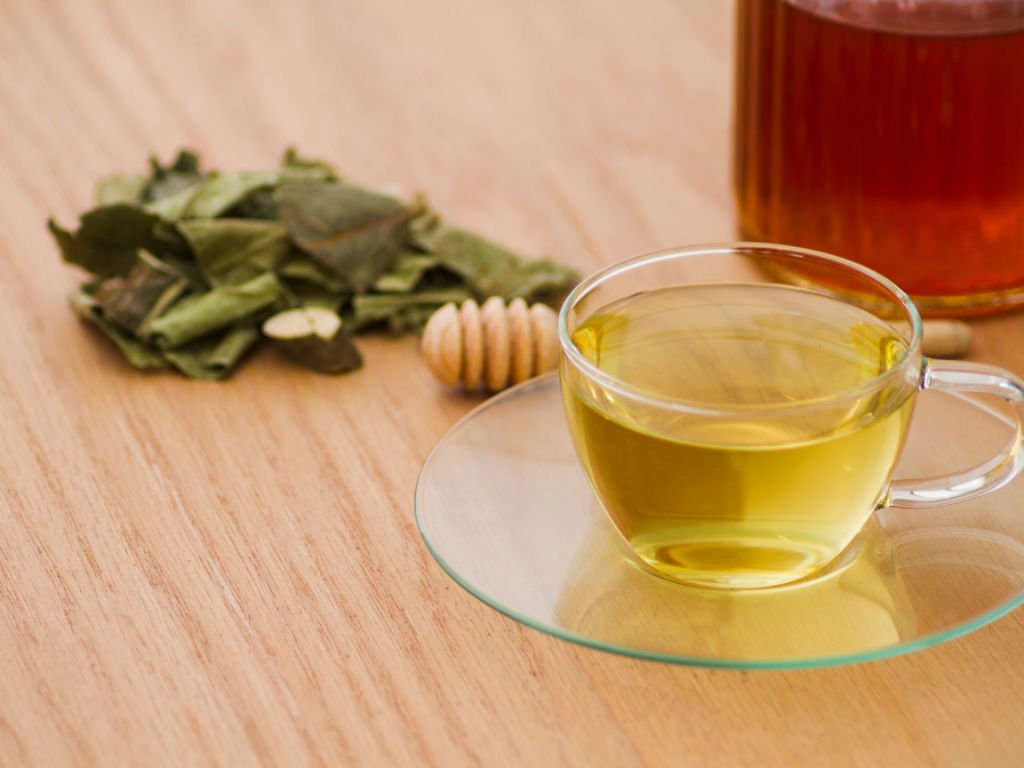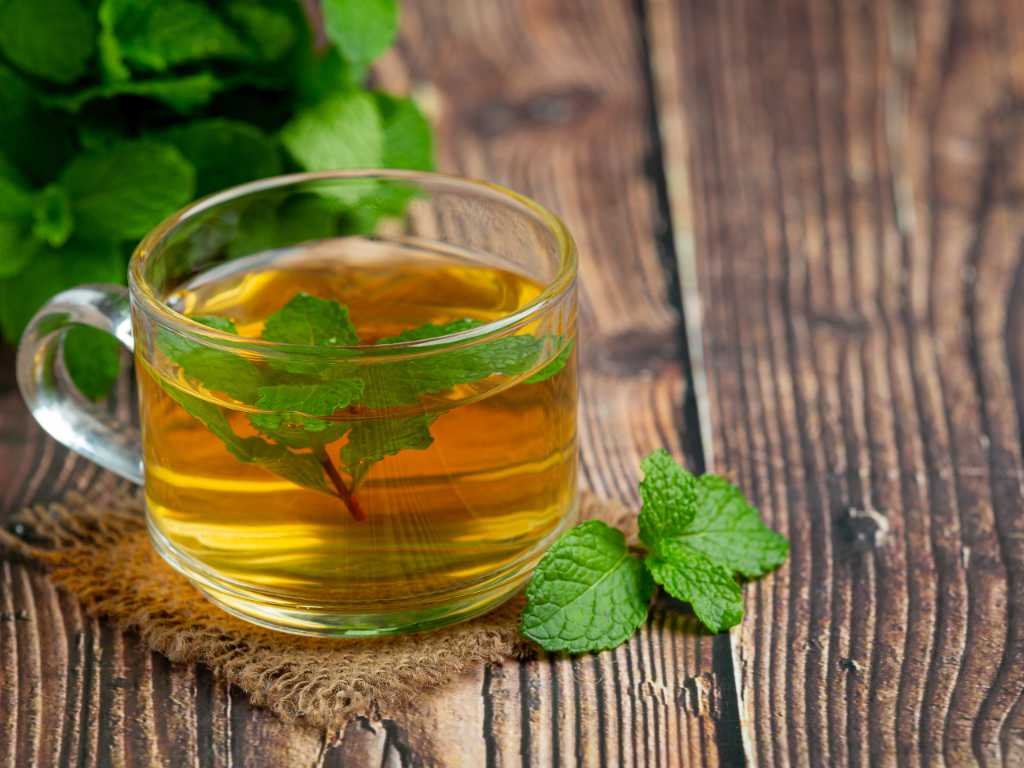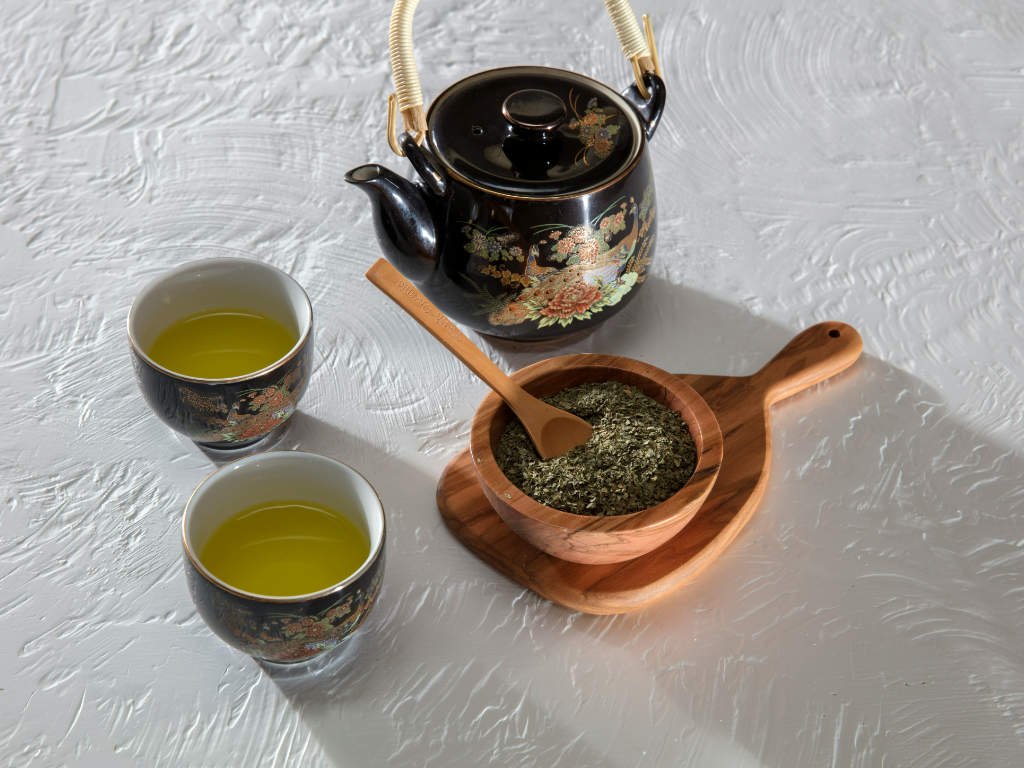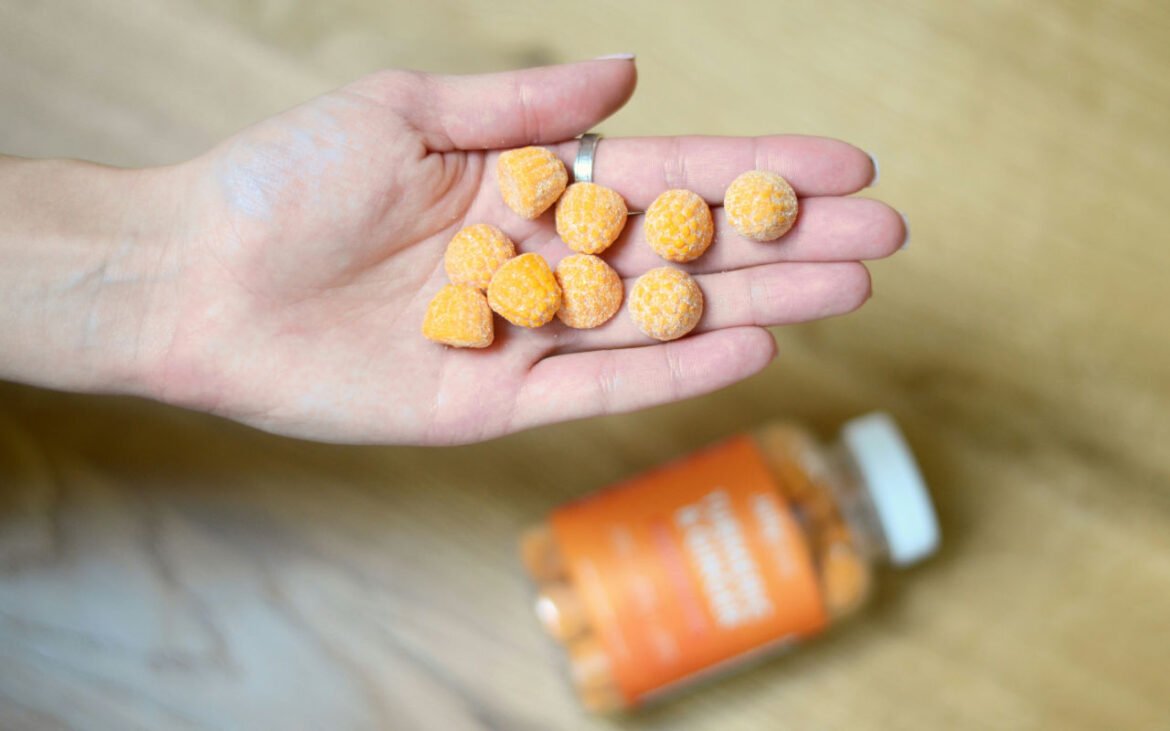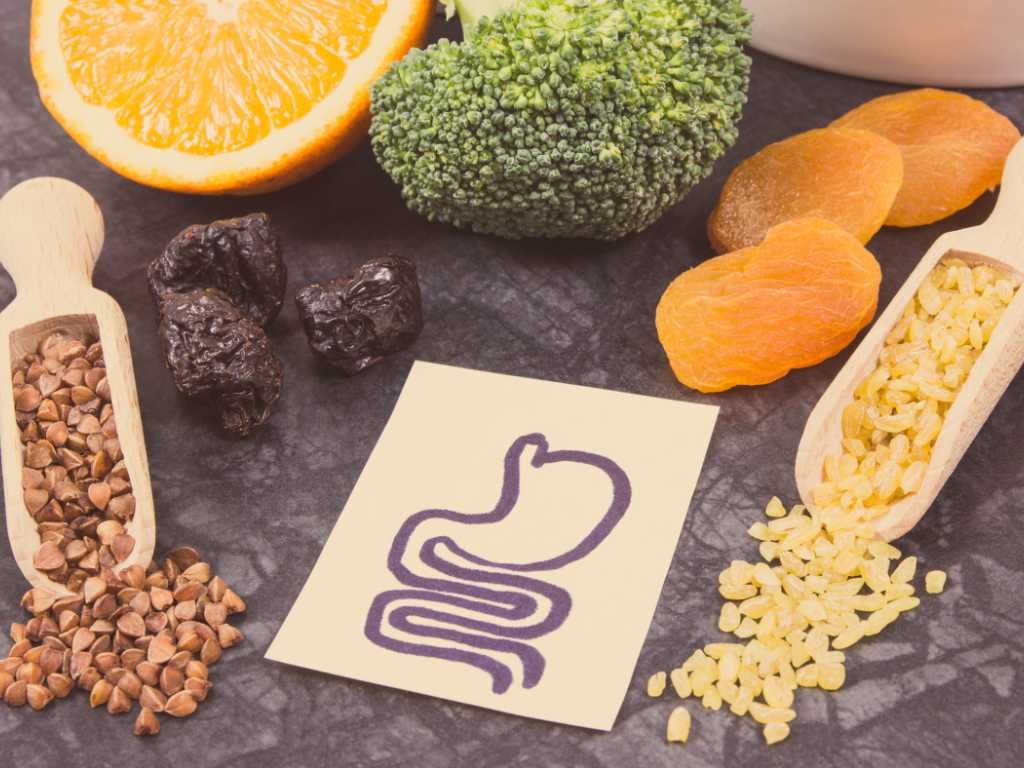Ever wondered why your grandmother seemed to have such robust health despite not taking a single vitamin pill? The secret might have been hiding in her daily bowl of homemade yogurt or that jar of sauerkraut she’d always have on hand. Probiotic-rich foods have been nourishing human digestive systems for thousands of years, long before we even knew what bacteria were, let alone understood their crucial role in our health.
Today, we’re rediscovering what our ancestors knew instinctively—that certain fermented and cultured foods can be absolute game-changers for our gut health and overall well-being. If you’ve been struggling with digestive issues, low immunity, or even mood swings, the answer might be as simple as adding more of these powerful foods to your daily routine.
What Are Probiotic-Rich Foods and Why Should You Care?
Probiotic-rich foods are essentially nature’s pharmacy in edible form. These are foods that contain live beneficial microorganisms—primarily bacteria and some yeasts—that help balance your gut microbiome and improve both digestive and overall health. Think of them as tiny soldiers working around the clock to keep your digestive system running smoothly.
But here’s what’s fascinating: your gut isn’t just about digestion anymore. Scientists now recognize it as your “second brain,” housing about 70% of your immune system and producing neurotransmitters that directly affect your mood. When you consume probiotic-rich foods, you’re not just feeding your stomach—you’re nurturing an entire ecosystem that influences everything from your energy levels to your ability to fight off infections.
The beauty of these foods lies in their simplicity. Unlike synthetic supplements that isolate specific strains, whole food probiotics come packaged with additional nutrients, fiber, and compounds that work synergistically to maximize their benefits. It’s like getting a complete wellness package rather than just one isolated ingredient.
Understanding How Probiotics Actually Work in Your Body
Let’s get real about what happens when you eat that spoonful of yogurt or sip on kombucha. Probiotics are live microorganisms that, when consumed in adequate amounts, provide measurable health benefits by maintaining or restoring a healthy balance of gut flora.
Once these beneficial bacteria reach your digestive system, they get to work in several ways:
- Colonizing your gut: They set up shop in your intestines, creating a protective barrier against harmful pathogens
- Enhancing digestion: They help break down complex carbohydrates, proteins, and even lactose that your body might otherwise struggle with
- Supporting immune function: They communicate with your immune cells, training them to recognize threats more effectively
- Producing beneficial compounds: They manufacture vitamins, short-chain fatty acids, and other substances your body needs
What’s particularly interesting is how modern lifestyles—think processed foods, antibiotics, stress, and limited food variety—can seriously mess with our microbial diversity. Probiotic-rich foods help counteract this damage by regularly replenishing your gut with beneficial microbes that might otherwise be depleted.
The Life-Changing Benefits You Can Expect
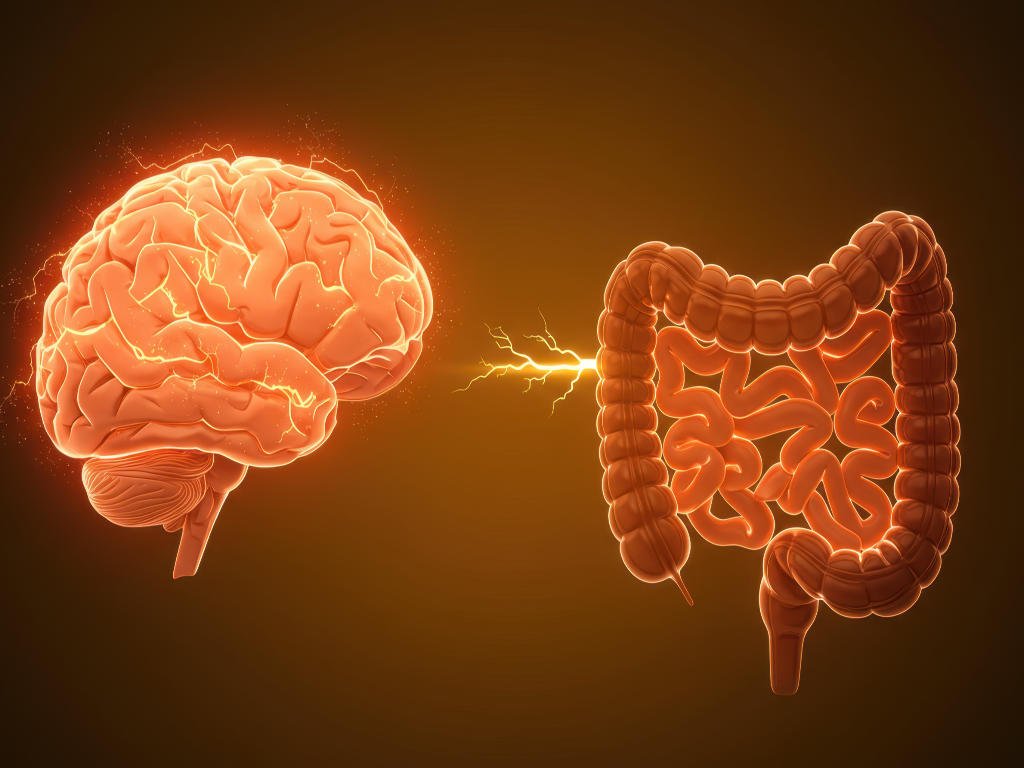
The research on probiotics is honestly pretty mind-blowing. Here’s what you might experience when you start incorporating more probiotic-rich foods into your routine:
Digestive Harmony: This is probably the most obvious benefit, but it’s worth emphasizing. Better breakdown of complex carbohydrates, improved lactose digestion, and enhanced fiber processing can mean goodbye to that bloated, uncomfortable feeling after meals. Many people notice reduced gas, more regular bowel movements, and less digestive distress overall.
Immune System Boost: Since about 70% of your immune system lives in your gut, feeding it well pays dividends. Probiotics help modulate your immune response, making it more effective at fighting off infections while reducing unnecessary inflammatory responses that can lead to allergies or autoimmune issues.
The Gut-Brain Connection: This is where things get really interesting. Your gut produces neurotransmitters like serotonin and communicates directly with your brain via the vagus nerve. Many people report improved mood, better stress management, and even reduced anxiety when they consistently consume probiotics.
Better Nutrient Absorption: A healthy gut lining means you actually absorb more nutrients from the food you eat. This can lead to improved energy levels, better skin, stronger hair and nails, and overall enhanced vitality.
For those dealing with lactose intolerance, certain probiotic strains can actually help digest lactose, potentially allowing you to enjoy dairy products you thought were off-limits forever.
Your Essential Guide to Probiotic-Rich Foods
Let’s dive into the superstars of the probiotic world. Each of these foods brings its own unique blend of beneficial bacteria and additional nutrients to the table:
Fermented Dairy Champions
Yogurt remains the gateway drug to the probiotic world for many people, and for good reason. Made from milk fermented by Lactobacillus bulgaricus and Streptococcus thermophilus, quality yogurt can contain billions of beneficial bacteria per serving. Look for labels that say “contains live and active cultures”—this ensures you’re getting the real deal rather than pasteurized, bacteria-free imitations.
Greek yogurt tends to be even more concentrated in probiotics due to the straining process. The creamy texture makes it perfect for breakfast bowls, smoothies, or as a base for savory dips and dressings.
Kefir is like yogurt’s more adventurous cousin. This fermented milk drink contains multiple strains of bacteria and beneficial yeasts, making it significantly more diverse than regular yogurt. The fermentation process breaks down most of the lactose, so many lactose-intolerant individuals can tolerate kefir even when they can’t handle milk or yogurt.
The slightly tart, effervescent taste might take some getting used to, but kefir’s probiotic powerhouse status makes it worth the adjustment. You can drink it straight, add it to smoothies, or use it in place of buttermilk in baking.
Vegetable Fermentation Powerhouses
Sauerkraut is basically cabbage’s transformation into a probiotic superfood. Traditional sauerkraut—the kind made with just cabbage, salt, and time—is loaded with Lactobacillus bacteria and provides an excellent source of vitamin C, vitamin K, and fiber. The fermentation process actually increases the bioavailability of many nutrients compared to fresh cabbage.
The key is finding real sauerkraut, not the shelf-stable, vinegar-pickled versions you’ll find in most grocery stores. Look for refrigerated varieties that list only cabbage and salt as ingredients, or better yet, try making your own.
Kimchi brings serious flavor along with its probiotic benefits. This spicy Korean fermented cabbage dish typically includes radish, garlic, ginger, and chili peppers, creating a complex ecosystem of beneficial bacteria including the uniquely Korean Lactobacillus kimchii. Beyond gut health, kimchi’s ingredients provide anti-inflammatory compounds that may benefit heart health and immune function.
The beauty of kimchi is its versatility—you can add it to rice bowls, use it as a condiment for grilled meats, incorporate it into fried rice, or eat it straight as a side dish.
Plant-Based Probiotic Options
Tempeh is a fantastic option for those following plant-based diets. This fermented soybean cake contains various probiotic strains and provides a complete protein profile. The fermentation process breaks down some of the compounds in soybeans that can cause digestive distress, making tempeh more digestible than regular soy products.
Tempeh has a nutty, earthy flavor that works well grilled, stir-fried, or crumbled into dishes as a meat substitute. It’s particularly rich in Lactobacillus and Bifidobacterium strains.
Miso paste might seem like an exotic ingredient, but it’s actually incredibly versatile. Made from fermented soybeans (and sometimes rice or barley) using Aspergillus oryzae, miso provides probiotics along with protein, fiber, and antioxidants. The fermentation process can take months or even years, creating complex flavors and beneficial compounds.
Beyond the classic miso soup, you can use miso in marinades, salad dressings, glazes for roasted vegetables, or even stirred into butter for a umami-rich spread.
The Trendy Newcomer

Kombucha has exploded in popularity, and while some of the health claims might be overhyped, quality kombucha does provide beneficial bacteria and yeasts. This fermented tea beverage contains various probiotic strains, though the exact composition varies widely between brands and brewing methods.
The downside? Many commercial kombuchas are loaded with sugar and can be expensive. If you enjoy the taste and it fits your budget, kombucha can be a refreshing way to get some probiotics, but it shouldn’t be your only source.
Smart Ways to Work These Foods into Your Daily Routine
The key to getting benefits from probiotic-rich foods is consistency rather than quantity. You don’t need to overwhelm your system—even small, regular amounts can make a significant difference over time.
Morning Rituals: Start your day with a small bowl of yogurt topped with berries and nuts, or blend kefir into your morning smoothie. The probiotics can help set a positive tone for your digestive system for the entire day.
Lunch and Dinner Integration: Add a small serving of sauerkraut or kimchi to your salads, grain bowls, or as a side dish. Use miso paste in salad dressings or soup broths. Grill tempeh as a protein source for stir-fries or Buddha bowls.
Snack Smart: Keep small containers of yogurt or kefir for afternoon snacks. Try making your own veggie sticks with yogurt-based dips seasoned with herbs and spices.
Cooking Hacks: Add miso to marinades for depth of flavor. Use yogurt in place of sour cream. Incorporate fermented vegetables into wraps and sandwiches for extra crunch and flavor.
The goal is to make these foods a natural part of your eating pattern rather than something you have to remember to take like a supplement.
Building a Complete Gut-Healthy Diet
While probiotic-rich foods are crucial, they work best as part of a comprehensive approach to gut health. Think of probiotics as the beneficial bacteria, but they need proper fuel to thrive.
Prebiotic foods are essentially food for your good bacteria. Garlic, onions, leeks, asparagus, green bananas, and Jerusalem artichokes contain fibers that feed beneficial microbes. Including these alongside your probiotic foods creates what scientists call a “synbiotic” effect—the probiotics and prebiotics work together more effectively than either would alone.
Fiber-rich foods from a variety of sources help maintain microbial diversity. Different types of bacteria prefer different types of fiber, so eating a wide range of fruits, vegetables, whole grains, and legumes ensures you’re feeding multiple beneficial species.
Hydration often gets overlooked, but adequate water intake is essential for proper digestion and helps the gut lining function optimally. This creates a better environment for your beneficial bacteria to flourish.
Consider exploring resources about balanced nutrition to understand how probiotic foods fit into your overall dietary pattern.
Sample Daily Meal Integration
Breakfast: Greek yogurt with berries and a drizzle of honey.
Lunch: Mixed green salad with grilled tempeh and a miso-ginger dressing, served with a small portion of sauerkraut
Snack: Kefir smoothie with banana and spinach
Dinner: Stir-fried vegetables with kimchi on the side, served over quinoa
This approach ensures you’re getting multiple sources of probiotics throughout the day while maintaining a balanced, nutrient-dense diet.
Should You Choose Food Sources or Supplements?
This is honestly one of the most common questions people ask, and the answer isn’t straightforward. Both natural probiotic foods and supplements have their place, but they serve somewhat different purposes.
Food sources provide several advantages that supplements simply can’t match. When you eat yogurt or sauerkraut, you’re getting probiotics along with additional nutrients like protein, vitamins, minerals, and fiber. The bacteria in whole foods also tend to be more diverse and come in a natural matrix that may enhance their survival and effectiveness.
Plus, fermented foods often contain compounds beyond probiotics that contribute to health—think of the antioxidants in fermented tea (kombucha) or the isoflavones in tempeh. Food sources also integrate seamlessly into your eating pattern rather than adding another pill to remember.
Supplements have their own advantages, particularly for specific health conditions or when dietary sources aren’t practical. They can deliver higher concentrations of specific bacterial strains that have been studied for particular health benefits. For someone dealing with IBS, recovering from antibiotic treatment, or managing specific digestive disorders, targeted probiotic supplements might be exactly what’s needed.
The reality is that most people benefit from both approaches—using probiotic-rich foods as a foundation for daily gut health maintenance, while potentially using targeted supplements for specific health goals or circumstances.
If you’re curious about supplement options, check out this comprehensive guide to probiotic supplements to understand what to look for in high-quality products.

What the Science Actually Says
Let’s cut through the marketing hype and look at what peer-reviewed research actually tells us about probiotic-rich foods. The World Health Organization defines probiotics as live microorganisms that, when administered in adequate amounts, confer a health benefit on the host.
Studies consistently show benefits for digestive health, with particular strength in areas like reducing antibiotic-associated diarrhea, managing symptoms of irritable bowel syndrome, and improving lactose intolerance symptoms. The immune benefits are also well-documented, with research showing that regular probiotic consumption can reduce the frequency and duration of respiratory infections.
The mental health connections, while newer and still being studied, are increasingly compelling. Multiple studies have found correlations between gut bacteria diversity and mood, anxiety levels, and stress resilience.
However, it’s important to note that not all probiotics are created equal, and individual responses can vary significantly. What works wonderfully for your friend might not have the same effect for you, which is why experimenting with different probiotic-rich foods and finding what makes you feel best is so important.
For more detailed information on the research behind probiotic benefits, resources from Cleveland Clinic and Healthline provide excellent scientific overviews.
Common Mistakes to Avoid
Even with the best intentions, it’s easy to make mistakes that minimize the benefits you get from probiotic-rich foods. Here are some pitfalls to watch out for:
Heat kills probiotics: Adding yogurt to hot coffee or cooking with miso at high temperatures will destroy the beneficial bacteria. If you’re using these foods in recipes, add them at the end or use them in cold preparations.
Not reading labels: Many commercial products marketed as “probiotic” have been pasteurized, which kills the beneficial bacteria. Always look for “contains live and active cultures” on labels.
Expecting instant results: Gut health changes take time. While some people notice improvements within days, it often takes weeks or even months of consistent consumption to see significant changes.
Going overboard initially: Starting with large amounts of fermented foods can cause digestive upset as your system adjusts. Begin with small portions and gradually increase.
Ignoring food quality: Buying the cheapest yogurt loaded with artificial sweeteners and stabilizers isn’t the same as choosing high-quality, minimally processed options. The overall food quality matters for optimal probiotic benefits.
Making It Work with Different Dietary Needs
Probiotic-rich foods can be adapted to virtually any dietary pattern with a little creativity:
Vegan and vegetarian diets can focus on plant-based options like tempeh, miso, kimchi, sauerkraut, and plant-based yogurts made from coconut, almond, or oat milk. Many of these plant-based alternatives now contain added probiotic cultures specifically chosen for their health benefits.
Dairy-free individuals have numerous options beyond plant-based yogurts, including kefir made from coconut milk, fermented vegetables, and cultured nut cheeses that contain beneficial bacteria.
Low-carb and keto dieters can emphasize full-fat yogurt, kefir, aged cheeses with live cultures, and low-carb fermented vegetables like sauerkraut and kimchi (just watch portions of kimchi as it can contain more carbs due to added vegetables).
Paleo enthusiasts can include fermented vegetables, aged raw cheeses (if dairy is included), and kombucha while avoiding grain and legume-based fermented foods.
The key is finding options that align with your dietary preferences and restrictions while still providing the beneficial bacteria your gut needs to thrive.
How to Start Your Probiotic Journey Today
If you’re ready to experience the benefits of probiotic-rich foods, start simple and build gradually. Choose one or two foods that appeal to you and incorporate small amounts into meals you already enjoy.
Maybe that means adding a dollop of Greek yogurt to your morning berries, or including a forkful of sauerkraut with your lunchtime salad. The goal isn’t perfection—it’s consistency and finding sustainable ways to support your gut health.
Pay attention to how you feel over the coming weeks. Many people notice improved digestion, more stable energy levels, and easier stress management when they consistently include these foods in their routine.
Remember, your gut microbiome is as unique as your fingerprint, so what works best for you might be different from what works for someone else. Be patient with the process and adjust based on how your body responds.
For additional support on your wellness journey, explore more about optimal nutrition strategies that can complement your probiotic-rich food choices.
Frequently Asked Questions
How long does it take to see benefits from probiotic-rich foods?
Some people notice digestive improvements within a few days, but significant changes in gut health typically take 2-4 weeks of consistent consumption. Individual responses vary based on your starting gut health, diet, and lifestyle factors.
Can I eat too many probiotic foods?
While generally safe, consuming large amounts of fermented foods suddenly can cause temporary digestive upset like gas, bloating, or changes in bowel movements. Start with small portions and gradually increase as your system adjusts.
Do probiotic foods need to be refrigerated?
Most probiotic-rich foods like yogurt, kefir, and prepared sauerkraut need refrigeration to maintain bacterial viability. However, properly fermented foods at room temperature (like homemade ferments) can actually increase bacterial counts before refrigeration.
What’s the difference between probiotics and prebiotics?
Probiotics are the beneficial bacteria themselves, while prebiotics are the fibers and compounds that feed these bacteria. Foods like garlic, onions, and bananas are prebiotic, helping your probiotic bacteria thrive.
Are store-bought fermented foods as effective as homemade?
Store-bought options can be very effective if they contain live cultures and haven’t been pasteurized. However, homemade fermented foods often contain more diverse bacterial strains and can be more potent, plus you control all the ingredients.
Can children safely consume probiotic foods?
Yes, probiotic-rich foods like yogurt and kefir are generally safe and beneficial for children over 6 months old. Start with small amounts and choose plain varieties without added sugars when possible.
The journey to better gut health through probiotic-rich foods doesn’t have to be complicated or overwhelming. By making small, consistent changes and paying attention to your body’s response, you can unlock the powerful benefits these foods have offered humans throughout history. Your future self—and your gut—will thank you for taking this important step toward optimal health.


